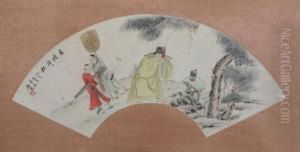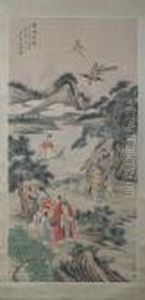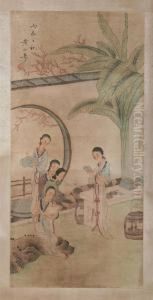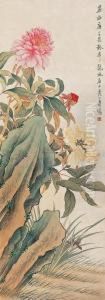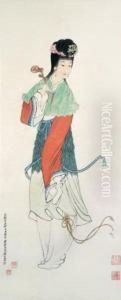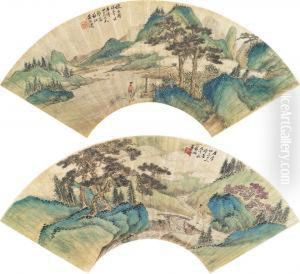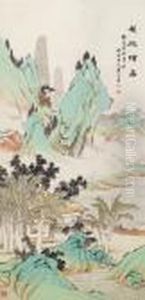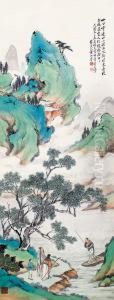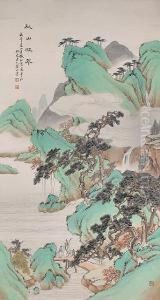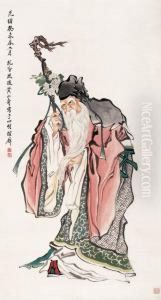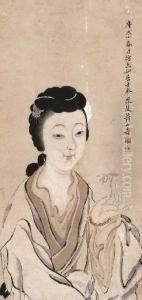Huang Shanshou Paintings
Huang Shanshou was a Chinese painter born in 1855, during the Qing Dynasty. He was best known for his traditional Chinese bird-and-flower paintings, which displayed a meticulous and refined technique. Shanshou was born in Jiaxing, Zhejiang Province and he inherited a profound interest in painting from his family, which had a history of artistic endeavors.
His artistic style was deeply influenced by the works of earlier masters, particularly those from the Southern Song and Ming dynasties. Huang Shanshou emphasized the importance of observation in nature, and his works often depicted a great level of detail, capturing the essence of his subjects with precision and a delicate touch.
Throughout his life, Huang Shanshou remained dedicated to his art, and he was highly respected in his time for his ability in traditional Chinese painting. His works were praised for their elegance and poetic quality. In addition to painting, he was also known for his calligraphy, which was considered to be of high standard, often complementing his paintings.
Huang Shanshou's legacy continues to be celebrated in Chinese art history. His paintings are considered treasures and are held in high esteem for their contribution to the bird-and-flower genre. Unfortunately, due to the political and social changes in China during the early 20th century, including the fall of the Qing Dynasty and the rise of the Republic of China, many traditional arts, including Huang's style of painting, saw a decline in popularity.
Despite this, Huang Shanshou's work has been preserved and studied by later generations, and he is recognized as an important figure in the history of Chinese art. His dedication to capturing the beauty of nature has left a lasting impact on the world of traditional Chinese aesthetics. Huang Shanshou passed away in 1919, leaving behind a rich body of work that continues to inspire and be admired by art enthusiasts and professionals alike.



